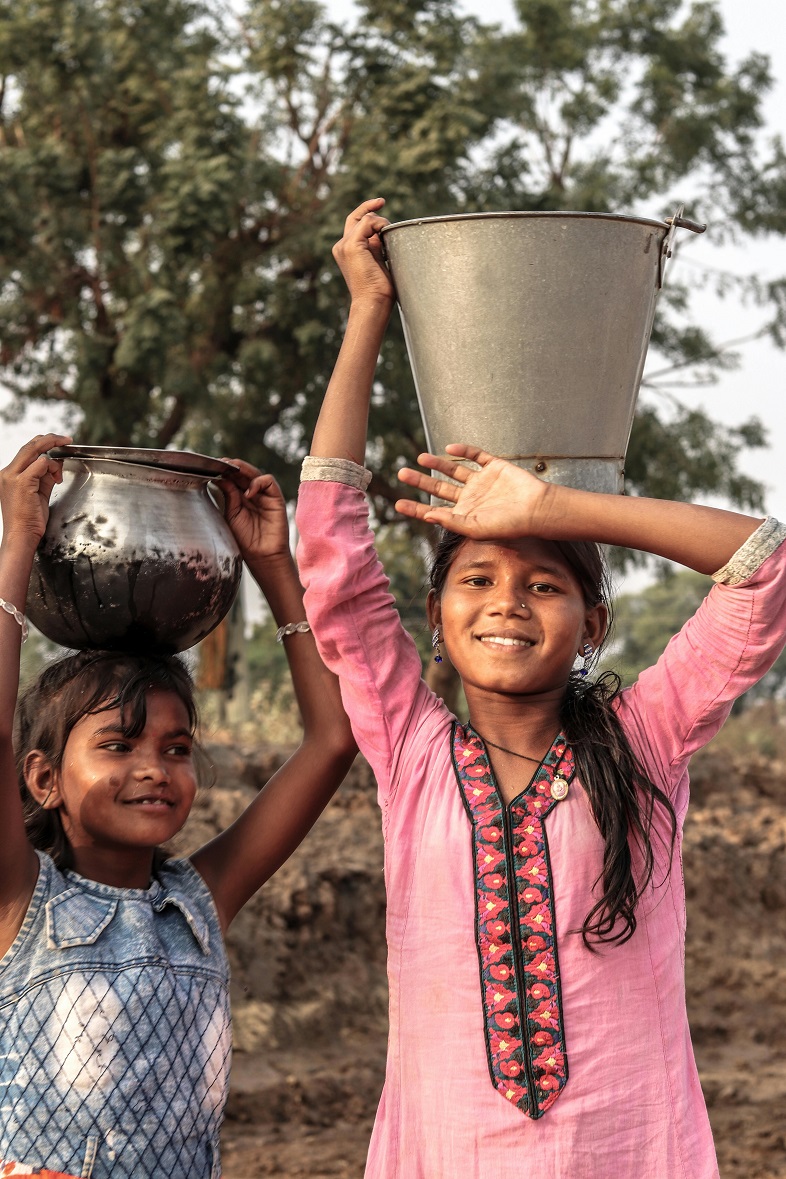India is currently facing a severe water crisis, with forecasts predicting that by 2030, nearly 40% of the population may lack access to clean drinking water. This crisis is exacerbated by climate change, population growth, and unsustainable water practices, putting immense pressure on the country’s water resources. However, the Nari Shakti Se Jal Shakti initiative, which harnesses the leadership of rural women for water conservation, is emerging as a promising solution to this pressing challenge.
The initiative, which translates to “Women Power for Water Empowerment,” aims to recognize and amplify the role of women in managing water resources. Traditionally, women in rural India have been the primary managers of household water. The program builds on their natural influence and deep understanding of local water systems, empowering them to take the lead in water conservation efforts. By involving women in decision-making, the initiative not only addresses the water crisis but also promotes gender equality and community participation.
A Growing Water Crisis
India’s water situation is dire, with agriculture consuming about 80% of the country’s water resources. Reliance on unpredictable monsoons further complicates the issue, making effective water management critical to securing water for agricultural and domestic needs. As climate change continues to impact weather patterns, water scarcity is expected to worsen, demanding immediate and long-term solutions.
The Nari Shakti Se Jal Shakti initiative is part of a larger strategy to address this crisis at the grassroots level. By focusing on women’s leadership, the initiative supports sustainable water practices that not only conserve water but also contribute to achieving the United Nations Sustainable Development Goals (SDGs) related to gender equality (SDG 5) and clean water and sanitation (SDG 6).
Women’s Leadership in Water Conservation
In rural areas, women are often responsible for fetching and managing water, making them the primary stakeholders in water-related issues. Their intimate knowledge of local water sources, combined with their community leadership roles, makes them natural leaders in conservation efforts.
The Nari Shakti Se Jal Shakti initiative empowers women by equipping them with the tools, training, and support needed to implement effective water management strategies. By fostering women’s leadership, the program ensures that water conservation efforts are not only implemented but are also sustained over time. Women-led initiatives have been successful in organizing communities to adopt water-saving measures, protect natural water bodies, and revive traditional water conservation practices.
Proven Success Stories
The Nari Shakti Se Jal Shakti initiative has shown significant success in several regions across India, proving the effectiveness of women-led water management.
Rajasthan: Women in Rajasthan have taken the lead in reviving traditional water bodies, building check dams, and implementing water harvesting methods, which have resulted in higher groundwater levels and consistent access to water throughout the year.
Maharashtra: In Maharashtra, women have introduced micro-irrigation techniques, which have helped reduce water consumption in agriculture while improving crop yields, thus addressing both water scarcity and food security issues.
Himachal Pradesh: In Himachal Pradesh, women are spearheading rainwater harvesting projects, ensuring that their communities have a reliable water supply even during dry spells. These efforts have provided a sustainable water source and improved resilience against climate change.
These examples underscore how empowering women to lead water conservation initiatives can lead to tangible improvements in both water security and community development.
Building a Sustainable Future
As India faces mounting challenges related to water scarcity, the Nari Shakti Se Jal Shakti initiative offers a roadmap for a sustainable and equitable future. By placing women at the center of water management, the program not only addresses urgent water issues but also promotes social inclusion and gender equality.
Moreover, the initiative encourages collaboration between local communities, government agencies, and non-governmental organizations (NGOs) to create lasting solutions for water conservation. This collaborative approach ensures that the impact of the initiative extends beyond individual communities and contributes to nationwide water security.
The success of the Nari Shakti Se Jal Shakti initiative demonstrates that empowering women in leadership roles can drive sustainable change. By prioritizing both water conservation and gender equality, the initiative is creating a future where communities are resilient, water is conserved, and women’s voices are central to solving global challenges. Through this approach, India can build a more sustainable, equitable future for all.


Leave a Reply